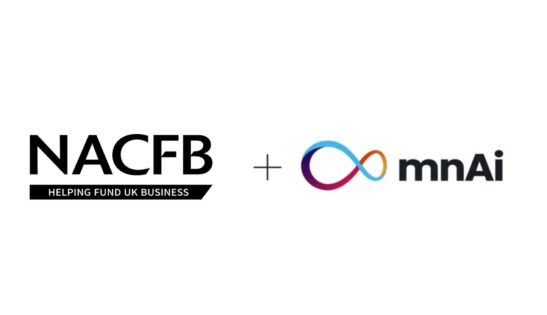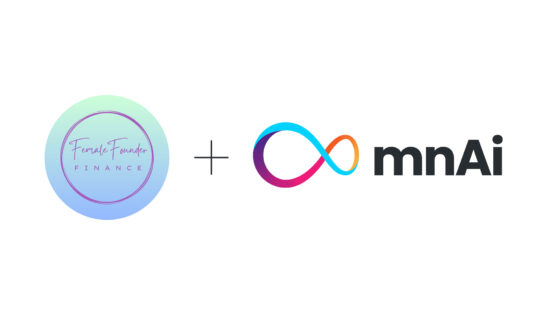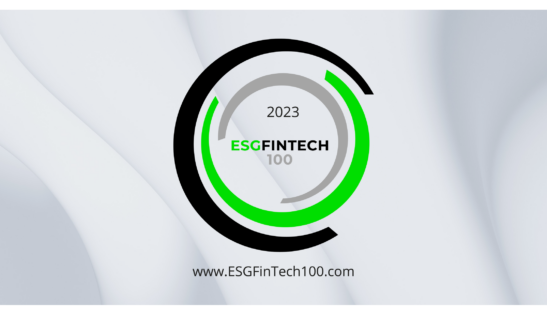03 Jan 2023
Everything, all at once, all in the same place

mnAi’s technology delivers insight into the UK private sector that’s derived from a staggeringly large database. But where did that come from, how is it updated and what is its purpose? CEO and founder, John Cushing, explains…
In the previous two blogs, we have given a brief overview of how and why mnAi transitioned over a few years from a deal origination platform into a wider data insight tool. If you need to catch up, go back and read those first.
With 9.5mn UK companies tracked in real-time, mnAi now adds upwards of 100mn data points a week to our database, with around 12bn data points underpinning our services. While this ongoing update process is a mammoth logistical task, the creation and ongoing maintenance of our databases is even larger. Partly this is due to the scattered nature of the data sources, although the main challenge remains formatting, sorting and validating so much unstructured data.
Through a combination of machine learning technology, data scraping, OCR (optical character recognition) and APIs, we have developed highly trained models that allow us to ingest data from a variety of different sources. In simple terms, it’s easiest to ‘bucket’ these, as follows:
- We extract information that’s freely available under the Open Government Licence 3.0. Our initial port of call was Companies House – at which all incorporated and registered companies must file their records. From there, we expanded our remit to include data from a number of other governments including BEIS, HMRC, Land Registry and many others.
- We then add additional information about companies that we find online. Any organisation has a digital footprint, from its website and PR releases, to Bing profiles and even office locations on Google Maps. All of this was stitched together, giving us the secondary data layer.
- Then, and only then, were we able to create our proprietary layer which included our revolutionary work on diversity and inclusion, alongside risk, entity resolution and, more recently, emissions.
By taking this consolidated, validated data and then interrogating it with our analysis tools through our visualisation platform, mnAi creates unique insight and analysis for our clients, regardless of whether they want to look at the UK as a whole, companies based in a certain city or a single sector within a defined geographical area.
The sheer volume and scope of data that mnAi has captured, combined with the way we’ve mapped it, allows us to ask some very exciting questions and get some very interesting, often unexpected, answers.
That’s precisely what we’ll be doing over the coming blogs – asking some of those interesting questions.


